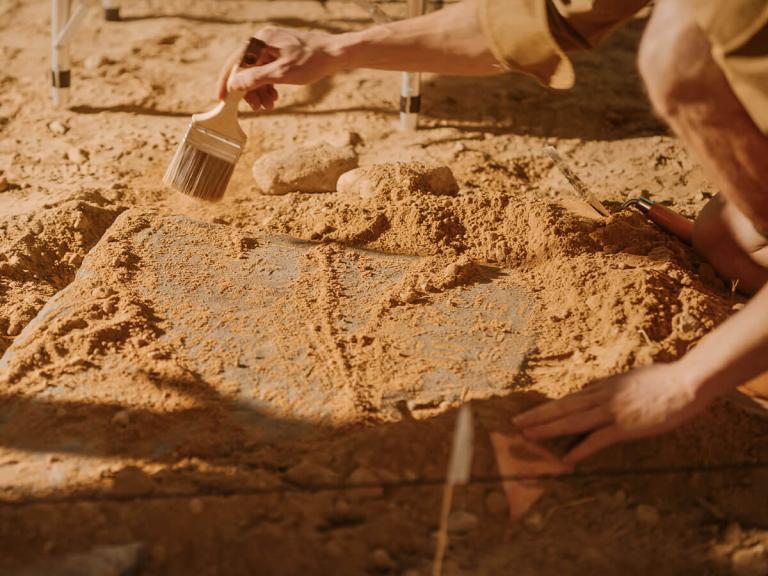
A recently published study in the Proceedings of the National Academy of Sciences (PNAS) revealed a new technique that might enable scientists to more properly date Old Testament battles against the kingdoms of Israel and Judah. The study was conducted by Hebrew University and Tel Aviv University with 20 researchers from different countries. The study utilized archaeomagnetic dating, which is defined as “comparing the magnetic properties of burned archaeological deposits with calibration curves for the region of the earth’s surface that includes the site.” According to the study, “The new magnetic data provided chronological insights that enabled linking archaeological contexts with specific military campaigns, shedding new light on the history of the biblical kingdoms of Israel and Judah.” According to the Bible in 1 Kings 11:31-35, the kingdom of Israel split into the northern kingdom of Israel and the southern part of Judah after the death of King Solomon, when the people revolted against Solomon’s son, Rehoboam. This set up a series of conflicts between the two kingdoms and the surrounding regions.
The study focused on military campaigns against the two kingdoms during the 10th to 6th centuries BC. According to the study, it was able to accurately date 21 destruction layers and 17 archaeological sites. One thing it confirmed was the destruction of Tel Rehov, Tel Zayit, and Horvat Tevet by King Hazael. There was also a great deal of interest in investigating Judah’s final days, which has been debated by scholars. One of the supervising professors of the study, Eerez Ben Yosef, released a statement about the controversy, saying, “The last days of the Kingdom of Judah are widely debated. Some researchers, relying on archaeological evidence, argue that Judah was not completely destroyed by the Babylonians. While Jerusalem and frontier cities in the Judean foothills ceased to exist, other towns in the Negev, the southern Judean Mountains and the southern Judean foothills remained almost unaffected.” By using the new technique, the group was able to narrow the possibilities. According to Yosef, “Now, the magnetic results support this hypothesis, indicating that the Babylonians were not solely responsible for Judah’s ultimate demise. Several decades after they had destroyed Jerusalem and the First Temple, sites in the Negev, which had survived the Babylonian campaign, were destroyed – probably by the Edomites who took advantage of the fall of Jerusalem. This betrayal and participation in the destruction of the surviving cities may explain why the Hebrew Bible expresses so much hatred for the Edomites – for example, in the prophecy of Obadiah.”
The field of archaeology has done much to affirm the historicity of the Bible. In 2020, several findings confirmed the Biblical record, such as the discovery of a fortified building in the Golan Heights dated around the time of King David in 1000 BC. Archaeologists suggested it might have been an outpost of Geshur, an ally of David’s. Archaeologists also believed they had also unearthed the evidence of King Manasseh’s reign. Along with a palace that might have belonged to the wicked king of Kings 21, archaeologists also unearthed a warehouse that likely served as storage for agricultural supplies. With the new techniques aiding archaeologists, more discoveries may very well be in the near future.


